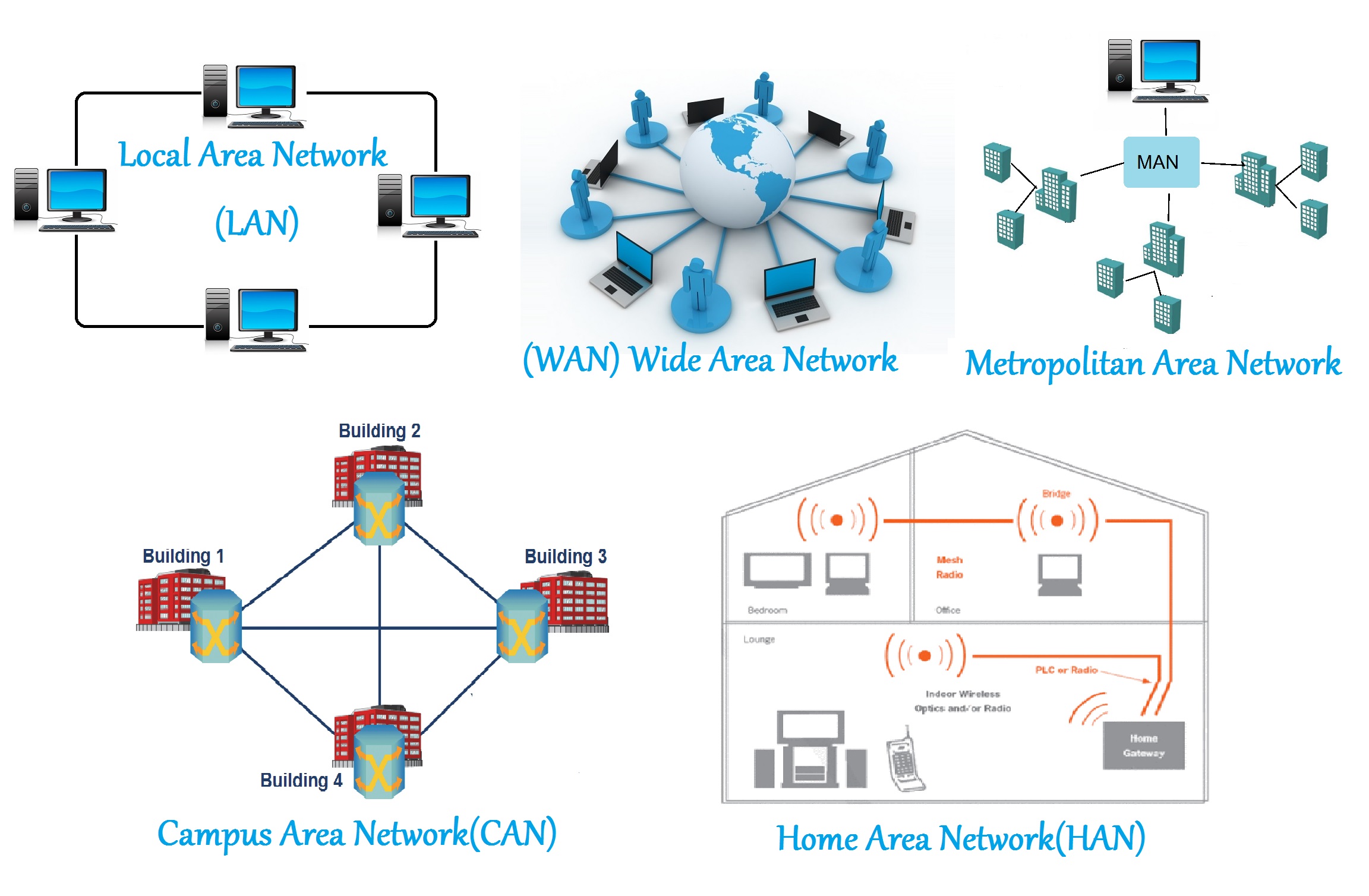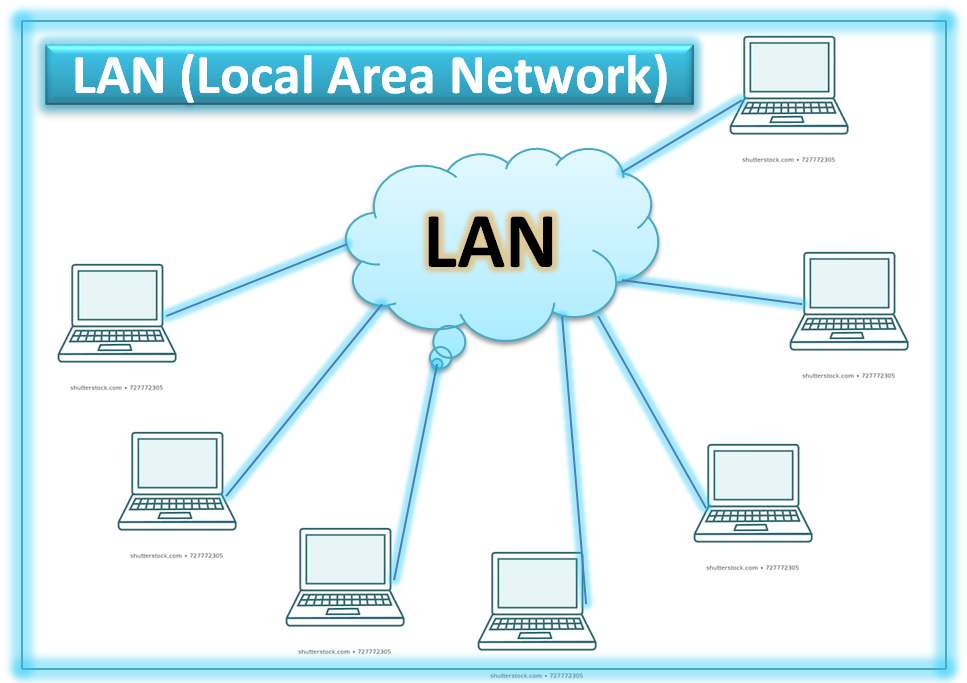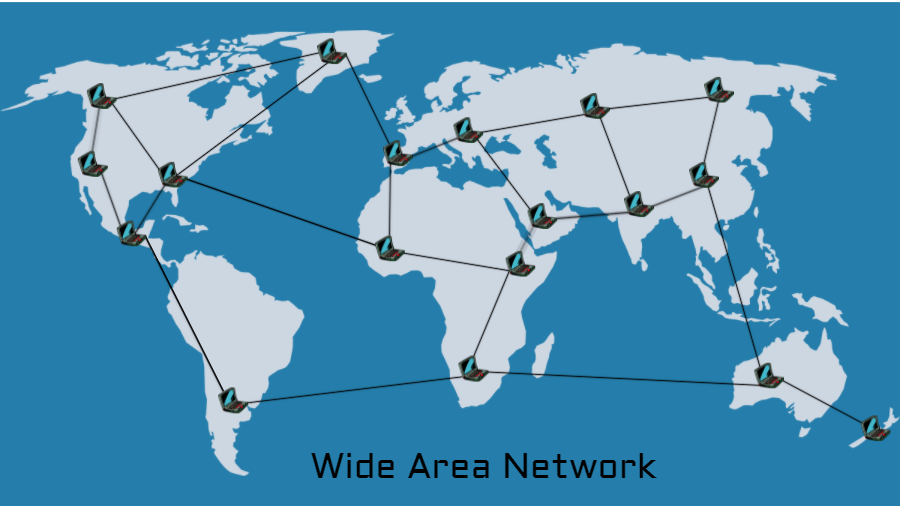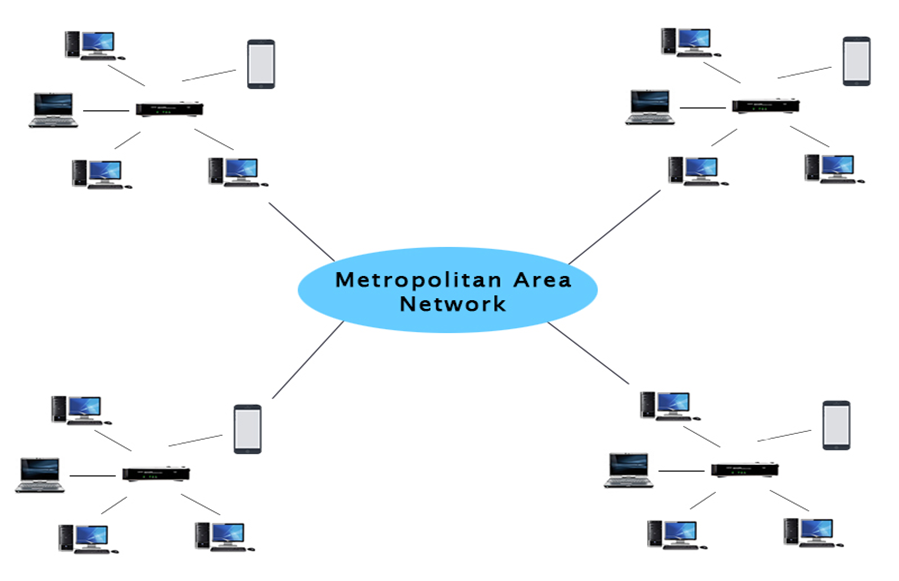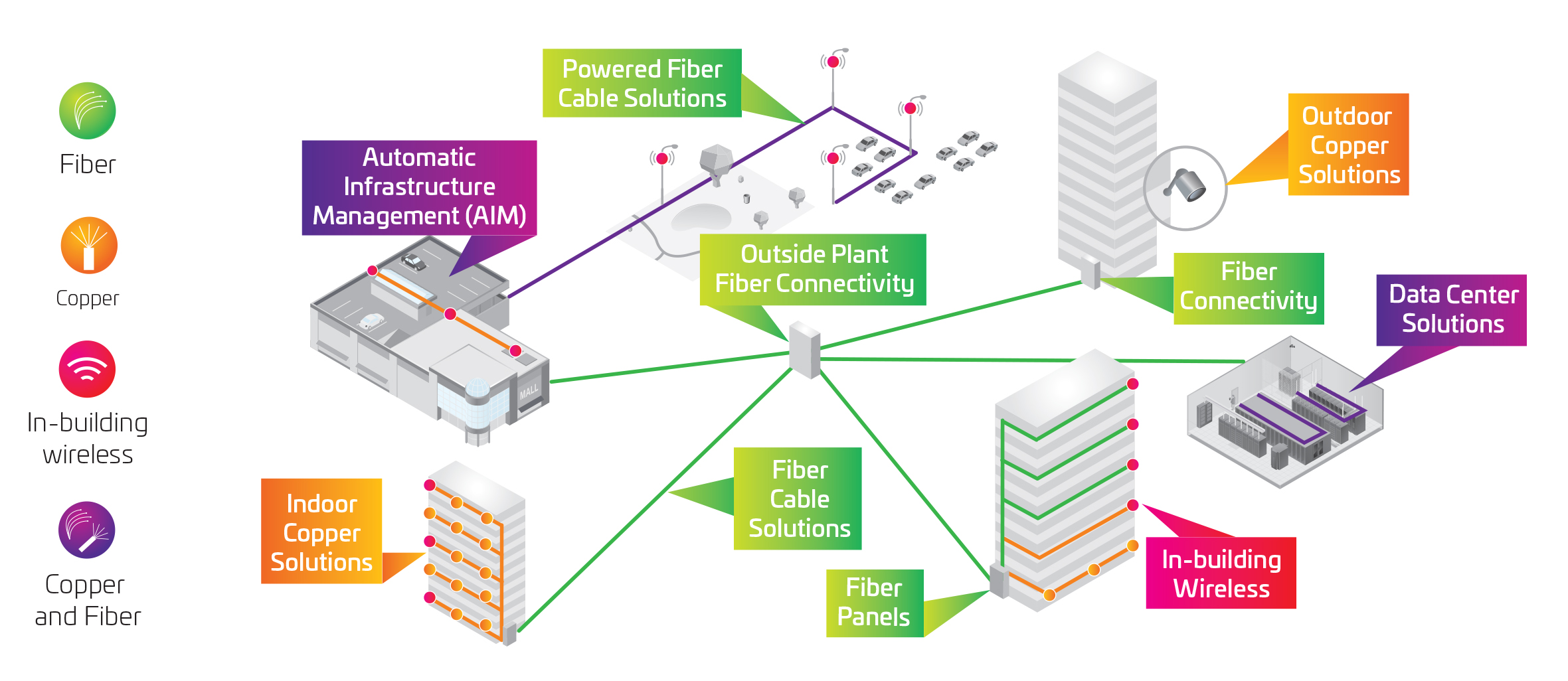Types Of Network Presentation
| Introduction to Types of Network | ||
|---|---|---|
| A network is a collection of interconnected devices or systems that share resources and information. Different types of networks exist to meet various needs and requirements. The type of network chosen depends on factors such as size, geographical distance, and purpose. | ||
| 1 | ||
| Local Area Network (LAN) | ||
|---|---|---|
| A LAN is a network that connects devices within a limited geographical area, such as a home, office, or school. LANs are typically high-speed and allow for the sharing of resources, such as printers and files. Ethernet is a commonly used technology for LANs, providing wired connectivity. | ||
| 2 | ||
| Wide Area Network (WAN) | ||
|---|---|---|
| A WAN is a network that spans large geographical distances, such as multiple offices in different cities or countries. WANs utilize various communication technologies, including leased lines, satellite links, and virtual private networks (VPNs). Internet connectivity is often used to establish WAN connections. | ||
| 3 | ||
| Metropolitan Area Network (MAN) | ||
|---|---|---|
| A MAN is a network that covers a larger geographical area than a LAN but smaller than a WAN, typically spanning a city or metropolitan region. MANs are designed to provide high-speed connectivity for organizations within a specific area. Fiber-optic cables and wireless technologies are commonly used to establish MAN connections. | ||
| 4 | ||
| Wireless Network | ||
|---|---|---|
| A wireless network uses radio waves or infrared signals to transmit data without the need for physical cables. Wireless networks are flexible and allow for mobility, enabling devices to connect from different locations within the network range. Wi-Fi is a popular wireless technology used in homes, offices, and public places. | ||
| 5 | ||
| Virtual Private Network (VPN) | ||
|---|---|---|
| A VPN is a secure network that enables users to access a private network over a public network, such as the internet. VPNs provide encryption and authentication to ensure secure communication and protect sensitive information. They are commonly used for remote access, connecting employees to their organization's network from outside locations. | ||
| 6 | ||
| Client-Server Network | ||
|---|---|---|
| In a client-server network, one or more central servers provide resources and services to multiple client devices. The server handles requests from clients and manages resources, such as files, databases, and applications. This type of network allows for centralized control, efficient resource utilization, and easy scalability. | ||
| 7 | ||
| Peer-to-Peer Network | ||
|---|---|---|
| In a peer-to-peer network, devices are connected directly to each other without a central server. Each device can act as both a client and a server, sharing resources and files with other devices on the network. Peer-to-peer networks are simple to set up and suitable for small-scale environments, such as homes or small offices. | ||
| 8 | ||
| Campus Area Network (CAN) | ||
|---|---|---|
| A CAN is a network that connects multiple LANs within a university campus, corporate campus, or large organization. CANs provide high-speed connectivity between different buildings or areas within the campus. They often utilize fiber-optic cables or wireless technologies for interconnection. | ||
| 9 | ||
| References (download PPTX file for details) | ||
|---|---|---|
| [Insert references here]... Your second bullet... Your third bullet... |  | |
| 10 | ||
| References (download PPTX file for details) | ||
|---|---|---|
| Your first bullet... Your second bullet... Your third bullet... |  | |
| 11 | ||
